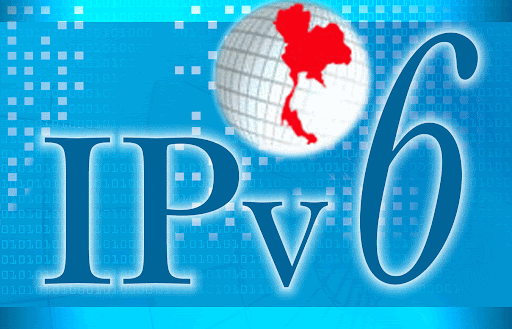
IPv6 is an advanced implementation of internet protocol to include more space and thus more flexibility in assigning an IP address. Before learning about IPV6 I had doubted how how can one assign unique IP to each internet user in the cyberspace when the internet usage is going to explode in the years to come. And that was the same reason I Googled IPV6. And I'm sure my doubts are cleared now. It will be same for you if you know the number of combination of IP addresses possible with the next generation version of internet protocol name IPV6.
The exhaustion of IPv4 was predicted in 1992 and the call for a next generation internet protocol was initiated by IETF(Internet Engineering Task Force) in 1994. It was called IPng or Internet protocol next generation.
IPv6 supports 2^128 address since it uses a 128 bit code. In IPv4 it was 32 bit. An IP address in IPv6 is written in 8 groups containing 4 hexadecimal digits each.If any of the group if complete zeros it may be omited and can be replaced by '::'. Leading zeros can also be omitted as in IPv4.Thus a sample of v6 IP will be
2001:0db8:0000:0000:0000:0000:1428:57ab
In URLs version 6 IP should be enclosed in square brackets as in
https://[2001:db8::1428:57ab]:443/
Features of IPv6
- The major improvement of Ipv6 over its predecessor was the larger address space possible.It completely avoids any kind of exhaustion of IPs and requirement for subnetting of the IP address.But this comes with a cost. That is this creates a bandwidth overhead.
- IPv6 also supports a stateless address auto configuration. This means that whenever an IPv6 host is connected to a routed IPv6 network the IP address will get configured automatically. It also supports statefull address configuration as in IPv4 via DHCPv6.
- IPv6 supports a static link-local address apart from the global address that applications generally use.
- IPv6 can send and receive packets over the limits of up to 4GB while IPv4 had support only for 64KB.
- Forwarding is made faster in Internet protocol version 6 by avoiding the checksum field implemented in IPv4. In IPv6, the link layer and transport protocols does the error checking thereby transportation speed is improved.
Primarily there are three types of IPv6.
namely,
- Unicast Addresses
- Multicast Addresses
- Anycast Addresses
A Unicast address identifies a single network interface. Multicast identifies more than one. In a multicast address a packet sent to it is delivered to all interfaces Identified by it.Anycast addresses are assigned to different nodes for more than one interface.
No comments:
Post a Comment